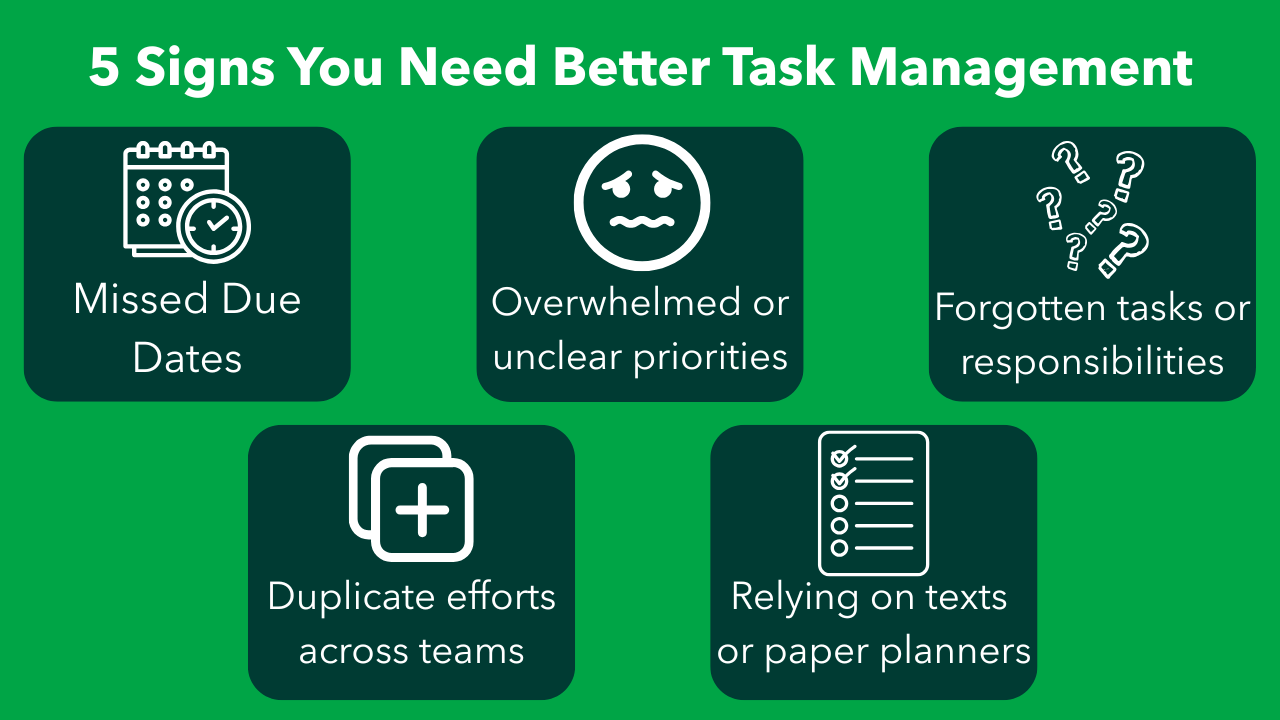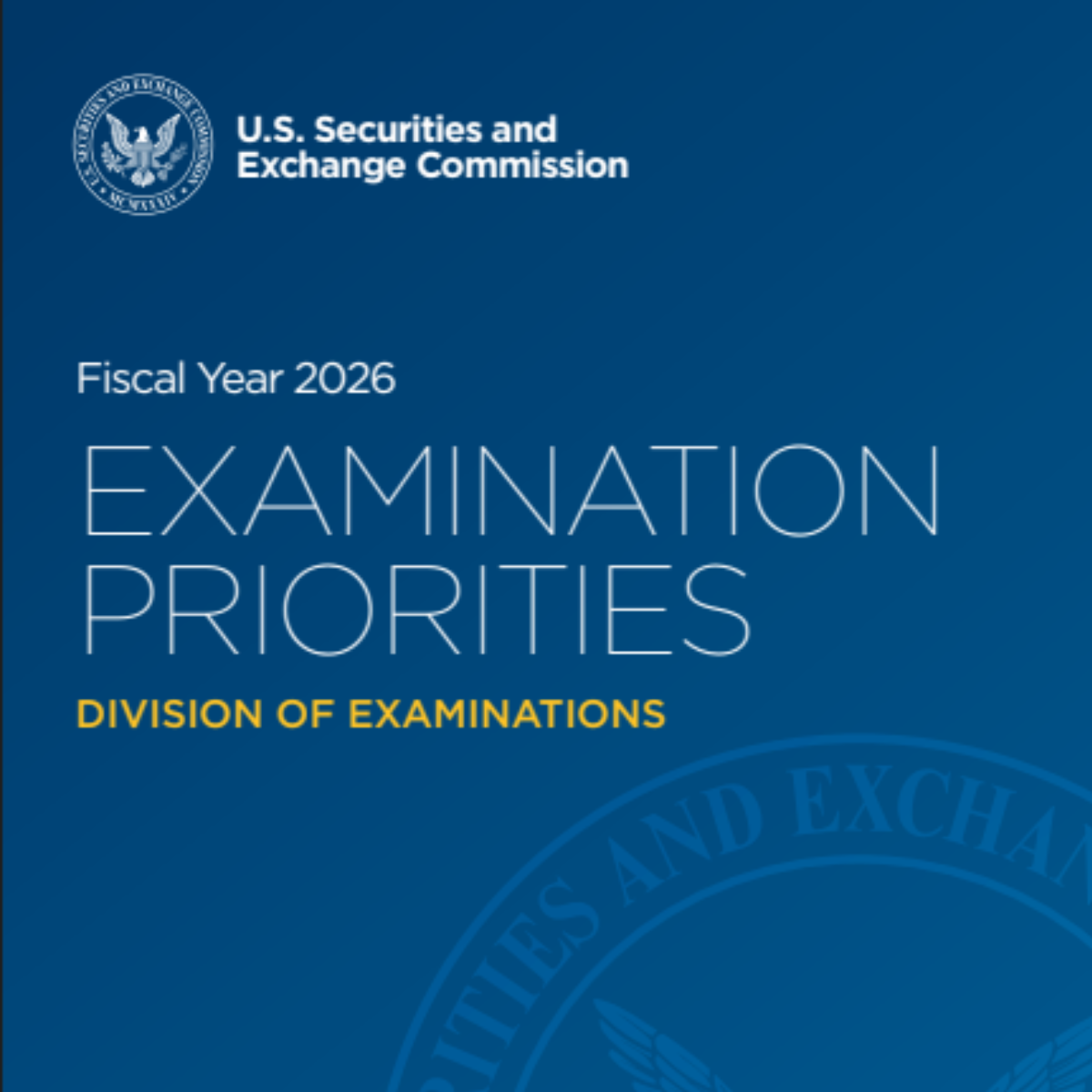In today’s fast-paced world, staying on top of everything from client deliverables and team meetings to personal errands and family responsibilities can be a real challenge. Whether you’re managing a full workload or juggling personal tasks with work projects, the ability to organize and complete tasks efficiently can make or break your day.
That’s where task project management software comes in. These tools help individuals and teams manage, track, and execute their work more effectively by combining powerful task management capabilities with intuitive interfaces and collaboration tools. The result? Less wasted time, better focus, and increased productivity across the board. Platforms like Skematic bring all of this into one streamlined space making it easier to manage complex tasks without the chaos.
The Challenge of Managing Tasks in a Busy World
Managing tasks might sound simple, just make a list and check items off, right? But in practice, it’s rarely that straightforward.
We’re constantly balancing routine tasks, unexpected responsibilities, shifting project priorities, and tight due dates. Without a system to keep individual tasks organized and accessible, it’s easy to let challenging tasks slip through the cracks.
Many people still rely on paper planners or digital notes to keep track of things, but these fragmented systems often lead to:
- Missed due dates
- Forgotten commitments
- Unclear priorities
- Lack of accountability
- Duplicated efforts across a team

The more complex your work becomes, especially when collaborating with others or managing multiple projects, the harder it is to stay on top of everything.
How Task Project Management Software Makes It Easier
Task project management software solves these problems by offering a centralized platform to create tasks, assign them to the right people, monitor progress, and communicate all in one place. Let’s break down the specific ways it helps:
1. Centralizing All the Tasks
Whether you’re managing a team or just your personal workload, keeping all the tasks in one place is critical. Most task management apps offer:
- List views, Kanban boards, and calendar views
- The ability to create tasks with associated due dates, attachments, and notes
- Color-coded categories to quickly organize work by project, client, or urgency
This structure allows you to sort by priority, deadline, or assignee, giving you full visibility into what’s on your plate and what needs attention next week or today.
2. Assigning and Managing Tasks for Teams
In a team setting, these platforms allow you to assign tasks to colleagues, ensuring clarity on who’s doing what. For example, when a content marketer creates a blog post task, they can assign it to a designer, set a due date, and notify the client for review—all within one tool.
Some apps even offer automating tasks or setting recurring tasks, which is great for handling regular responsibilities like sending weekly reports or scheduling team check-ins.
3. Helping You Stay Focused and Prioritize What Matters
When everything feels urgent, it’s easy to get overwhelmed. That’s why prioritization features are so important.
A solid task management system allows users to flag their most important tasks, filter by urgency, and add reminders to stay on track. This promotes intentional focus so you’re not distracted by less important items or bouncing between unrelated responsibilities.
Integrations with tools like Microsoft Teams also support this focus by minimizing app-switching and allowing you to access task boards where you already communicate with your team.
4. Keeping Tasks Organized with Clear Context
One of the biggest productivity killers is context-switching, when you have to dig through emails, chat logs, or shared drives to find the details related to a task. Task management tools eliminate this problem by letting you store everything in one place:
- Notes
- Attached files
- Checklists
- Links
- Comments and discussions
With this context, anyone who views the task knows exactly what’s needed and why it matters.
5. Tracking Progress and Ensuring Accountability
Whether it’s one task or an entire campaign, tracking progress is essential. These platforms offer dashboards that show task statuses: assigned, in progress, in review, or completed. You can even track time spent or set alerts for when something falls behind schedule.
This is incredibly helpful for project leads and clients alike. It ensures transparency and allows for real-time updates without micromanagement or status meetings. Skematic’s visual dashboards make this easier by offering a snapshot of what’s done, what’s delayed, and what needs attention without needing to chase down updates.
A Real-World Example: Freelancers, Families, and Teams
- A freelance designer can use a task management app to schedule deliverables, set reminders, and keep client feedback all in one place.
- A family might use a shared board to keep track of chores, grocery lists, and appointments, so everyone is aligned.
- A team launching a product can map out their project using Kanban boards, assign work, track deliverables, and update progress from their laptops or mobile devices.
In each of these cases, the software acts as a shared space that eliminates confusion and keeps everyone on task.
What to Look for in a Task Management Tool
If you’re ready to improve how you manage your to do list, here are some features to consider:
- Easy task creation with flexible templates
- The ability to prioritize, categorize, and assign tasks
- Real-time progress updates and completion tracking
- Shared views for team collaboration
- Cross-platform access via mobile apps
- Reminders and alert systems
- Integration with communication tools like Microsoft Teams
Even if you start with a free version of one of the many available tools, the benefits can be immediate and transformative.

Final Thoughts
Effective task management isn’t about doing more, it’s about doing what matters. The right software enables you to stay organized, stay focused, and complete your most important work without burnout.
Whether you’re a solo professional, part of a collaborative team, or managing your family’s schedule, task project management software gives you a clearer, smarter way to work. It’s not just about checking boxes, it’s about building momentum, reducing stress, and unlocking your full potential with every task you tackle. And with platforms like Skematic, you get the structure and visibility you need to stay in control, even when the workload grows.
Transform the Way You Manage WorkRequest a Demo



